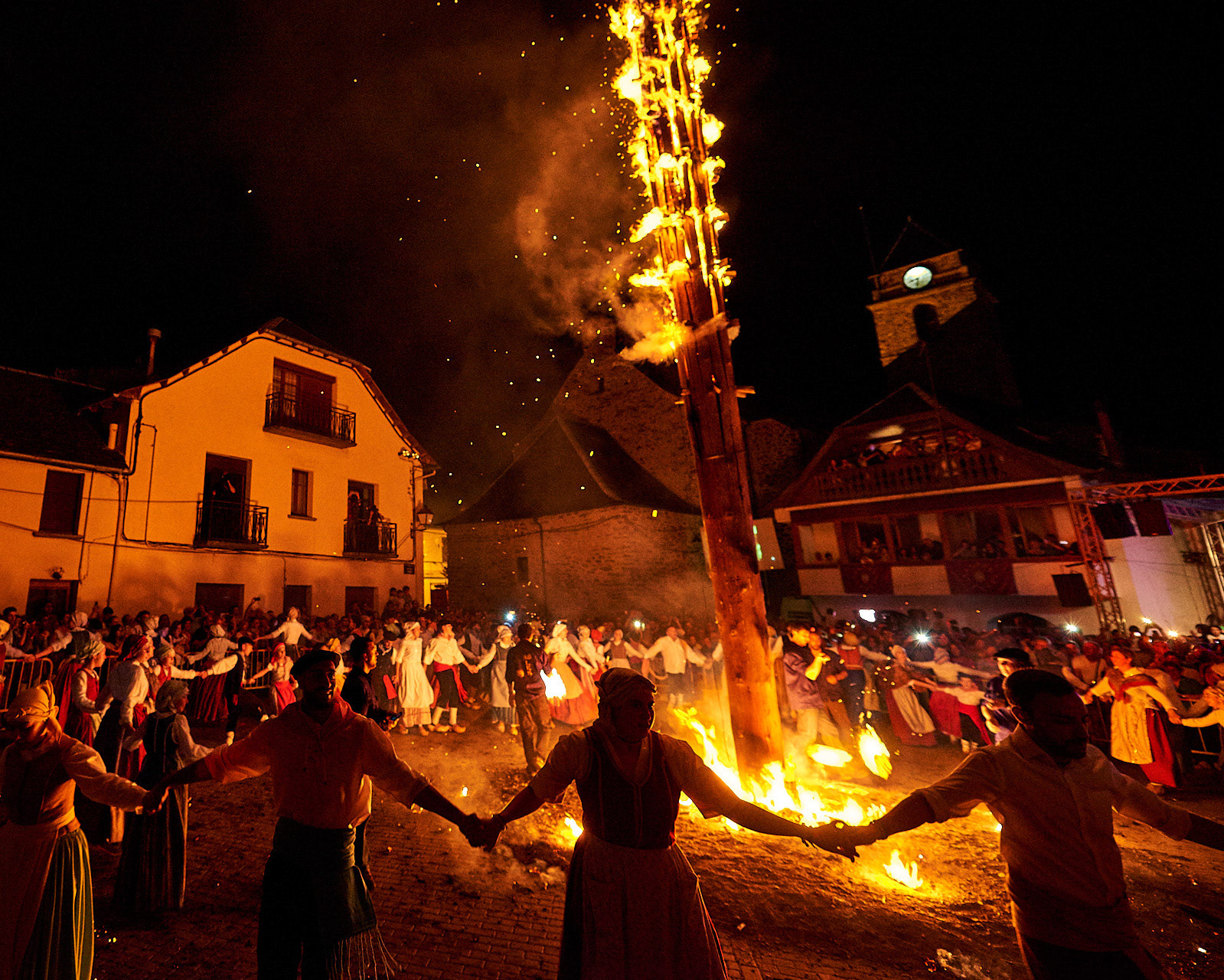There could not be a more iconic image of Lisbon than the little yellow trams rattling through the steep hills of the Portuguese capital.
They are an icon of a city, a symbol of the past and a map to the key points of interest in Lisbon.
The number 28 Lisbon trams are called Remodelado (re-modeled) because they were thankfully upgraded with improved brakes and electrics during the 1990s.
The Lisbon "Remodelado" trams are not just a means of transportation, but they are a tourist attraction in and of themselves.
Carris, the Lisbon transit operator, built its own trams based off the design of the American made Brill trams starting in the 1920s. The "Remodelado" trams trace their history back to between 1932 and 1940 when the 200 Series and 700 Series trams were originally manufactured. In 1995, Carris installed new wheel trucks and electrical systems on 45 of the old car bodies.
These historic trams are still in use, and no other city in Europe employs such old Remodelado trams. The reason is that the tight corners and steep gradients of the E28 route are unsuitable for modern trams and, as such, only classic 1930s single carriage trams can navigate this undulating track.
A ride along the entire 28 tram route provides one of the best tours of the capital and passes through many of the most interesting districts of the city.
This route connects Martim Moniz with Campo Ourique, and passes through the popular tourist districts of Graca, Alfama, Baixa and Estrela. For visitors, this is the classic Lisbon tram journey, riding in the quaint yellow tram as it screeches and rattles through the narrow streets of the city.
Rua Conceição, the tram stop at the southern side of Baixa, which is close to the pedestrianised street of Rua de Augusta and the Praça do Comércio, Lisbon’s finest plaza.
Largo Portas do Sol, a very popular and scenic plaza in Alfama, which has a wonderful viewpoint over the district and Tejo Estuary. This is also the location of the Museu de Artes Decorativas and closest stop for the castle.
It is worth noting that the trams through Alfama can get very crowded, especially during the height of the tourist season.
Se Cathedral, tram stops outside the ancient Se Cathedral and Saint Anthony Church. Saint Anthony is the patron saint of Lisbon (along with lovers and lost causes) and the Igreja de Santo António was constructed on his birthplace.











